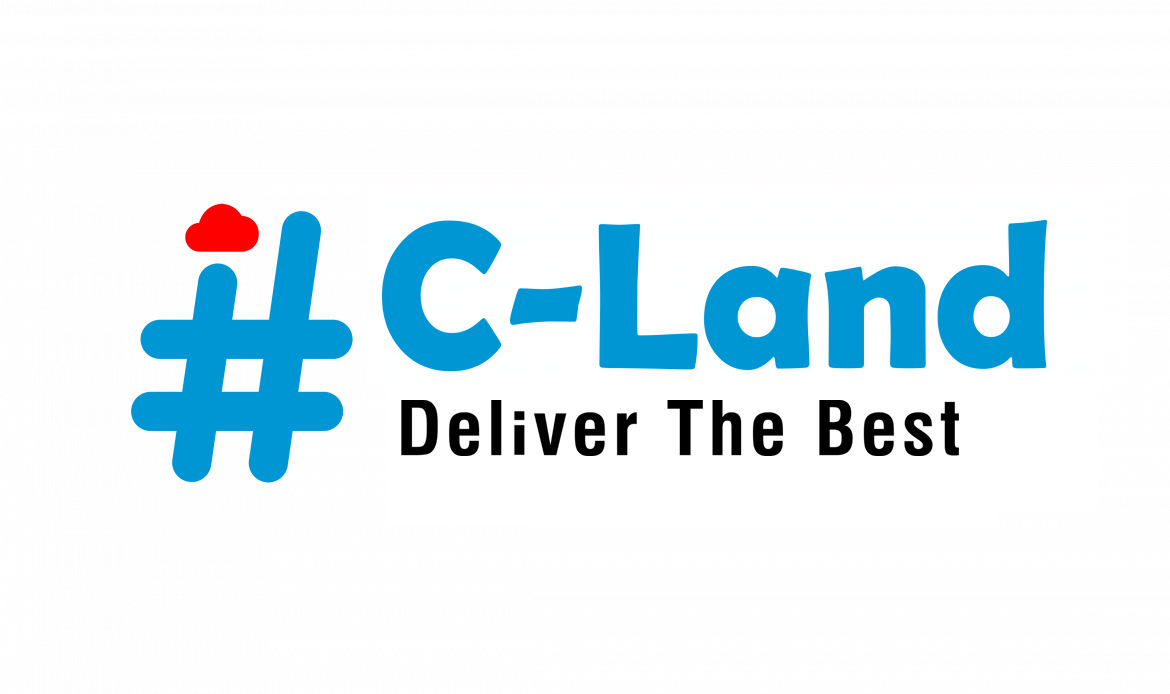CL/CRS/FWD0001
Full Stack Web Development with HTML, CSS, JavaScript, C#, SQL Server, ASP.NET Core WebAPI and Blazor
CSS
CSS (Cascading Style Sheets) is a stylesheet language used for describing the look and formatting of a document written in HTML (Hypertext Markup Language) or XML. It provides a way to separate the presentation of a web page from its structure and content, which are defined in HTML or XML.
CSS allows you to control the layout, colors, fonts, and other visual elements of a web page, making it easier to maintain and update the appearance of a site. With CSS, you can define styles for specific HTML elements, classes, or id’s, and apply them to multiple pages or sections of a site, allowing for consistency in design and layout.
CSS is an essential tool for web development, allowing developers to create visually appealing and user-friendly websites that can be viewed on a variety of devices, including desktops, laptops, tablets, and smartphones.
- Introduction to CSS
- What is CSS?
- How to add CSS to HTML
- Basic syntax of CSS
- CSS Selectors
- Types of CSS selectors
- ID and class selectors
- Attribute selectors
- Pseudo-class selectors
- Combinators
- descendant selector (space)
- child selector (>)
- adjacent sibling selector (+)
- general sibling selector (~)
- CSS units
- Absolute Units
- Relative units
- Flexible units:
- CSS Box Model
- Understanding the box model
- Margin, border, padding, and content areas
- Box-sizing property
- Layouts and Positioning
- Display property
- Position property
- Float property
- Clear property
- Typography and Text Formatting
- Font family, size, and weight
- Text alignment
- Text decoration
- Line height
- Vertical alignment
7.Colors and Backgrounds
- Color values
- Color schemes
- Background properties
- Opacity and transparency
- CSS Grid System
- Grid properties and syntax
- Grid layout techniques
- Grid items and grid areas
- Responsive grid design
- CSS Flexbox
- Flexbox properties and syntax
- Flex container and flex items
- Flexbox layout techniques
- Responsive flexbox design
- Media Queries
- Understanding responsive design
- Using media queries to create responsive layouts
- Viewport meta tag
- Responsive images
- Advanced Selectors and CSS3 Features
- Advanced selectors like :nth-child(), :not(), :last-child, etc.
- Transforms, Transitions, and Animations
- CSS3 pseudo-elements
- CSS Custom Properties (Variables)
- Declaring and using custom properties
- Global and local scope
- Custom properties and media queries
- Custom properties and JavaScript
- CSS Frameworks
- Introduction of Bootstrap
- CSS Animations and Transitions
- CSS animation properties
- CSS transition properties
- Creating animated effects using CSS
- Responsive Images and Video
- Responsive image techniques
- Responsive video techniques (HTML5 video, video player, responsive design)
- Best Practices and Optimization
- CSS code organization
- Optimization techniques
- Cross-browser compatibility
- Accessibility considerations
